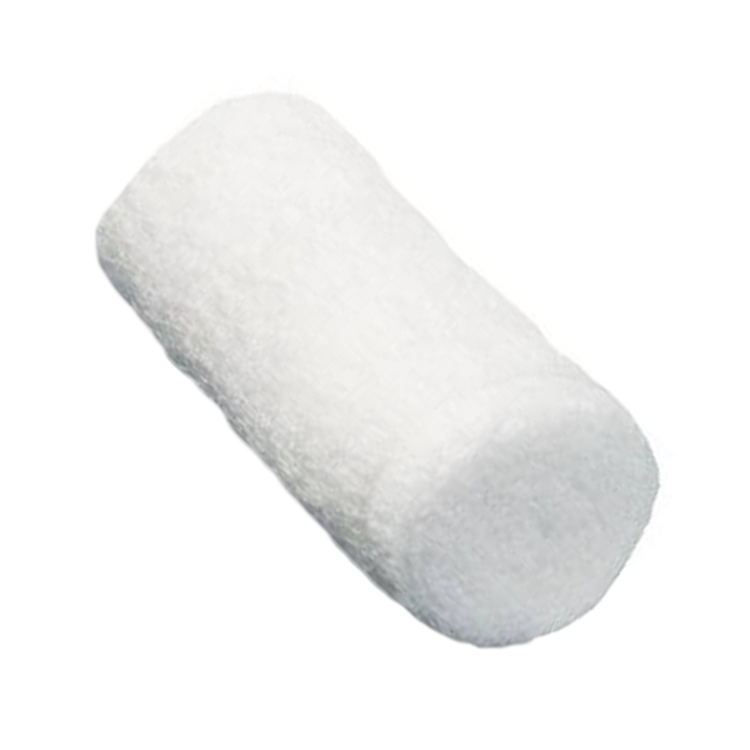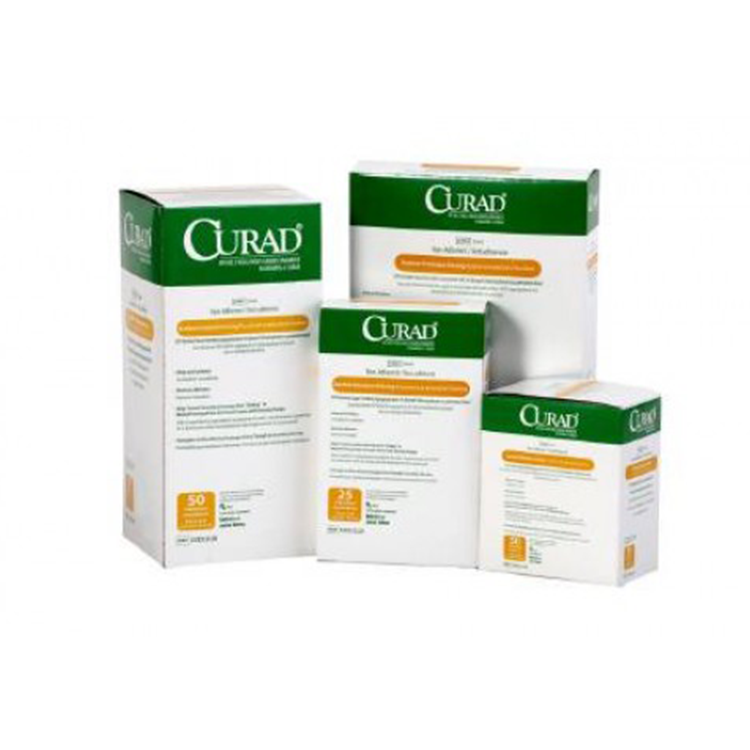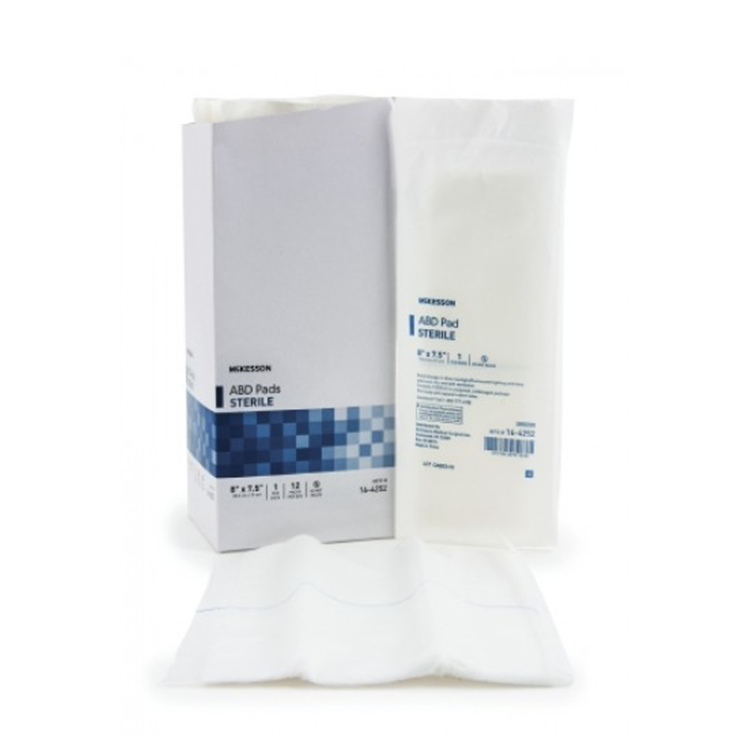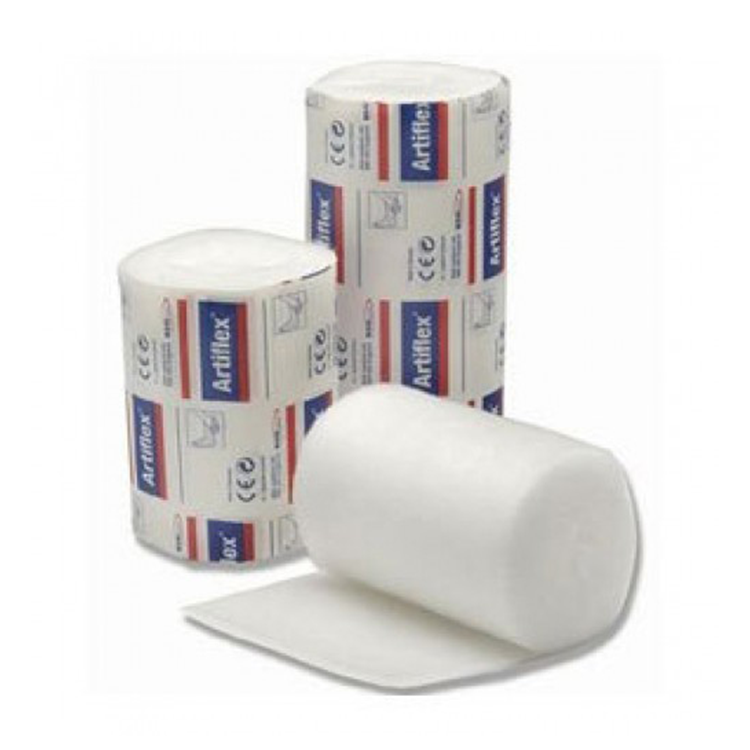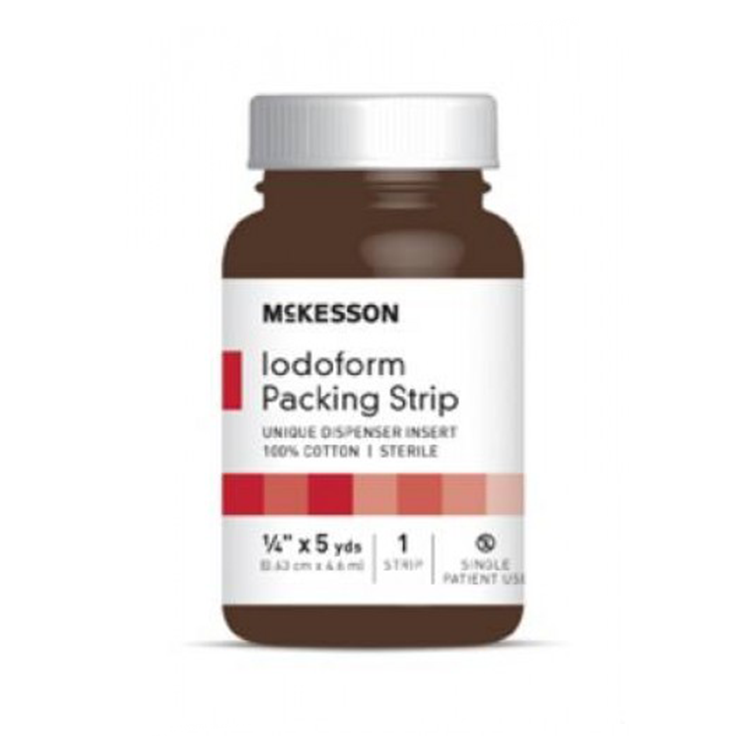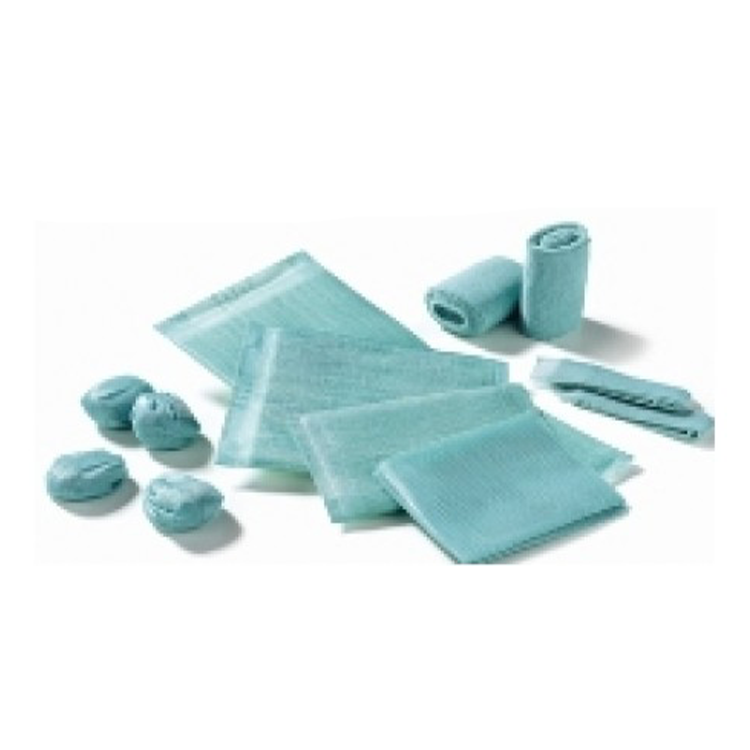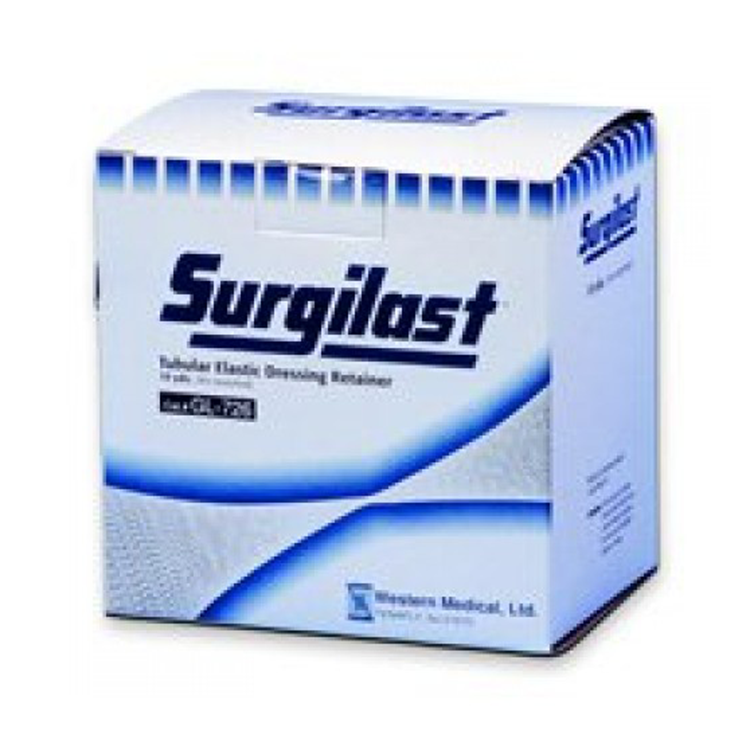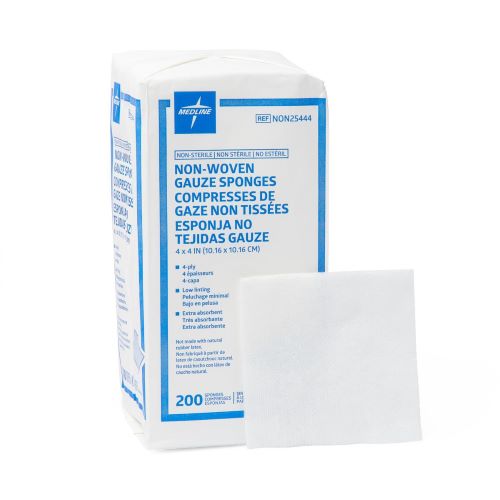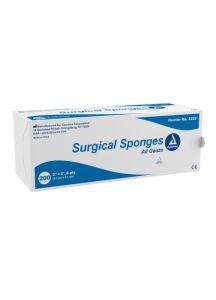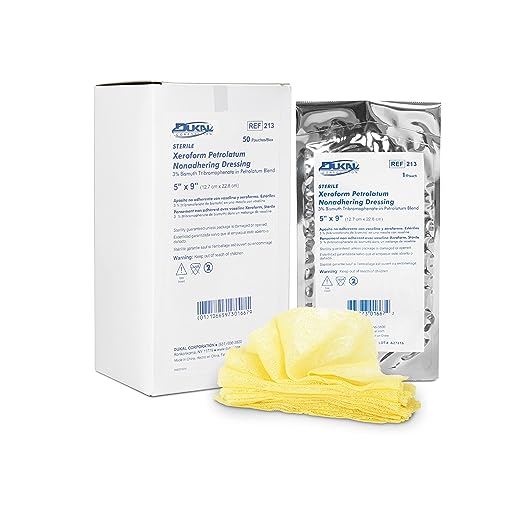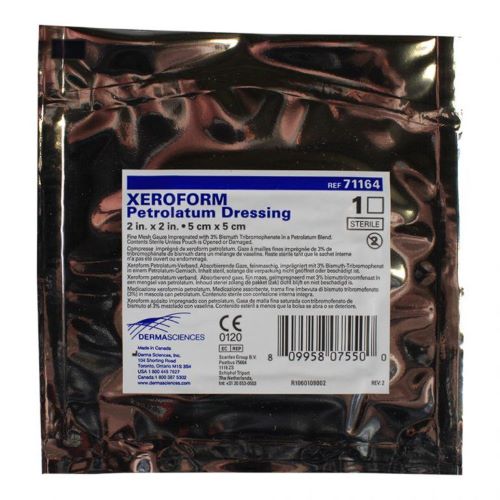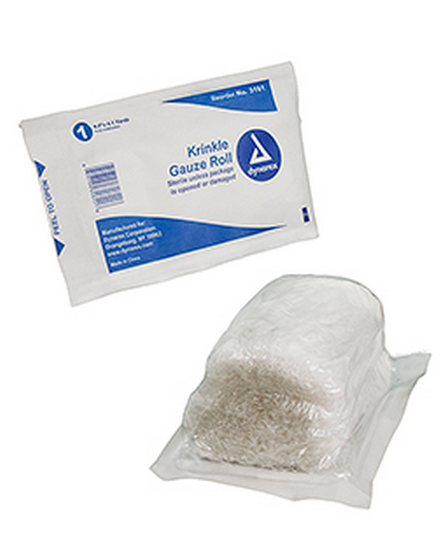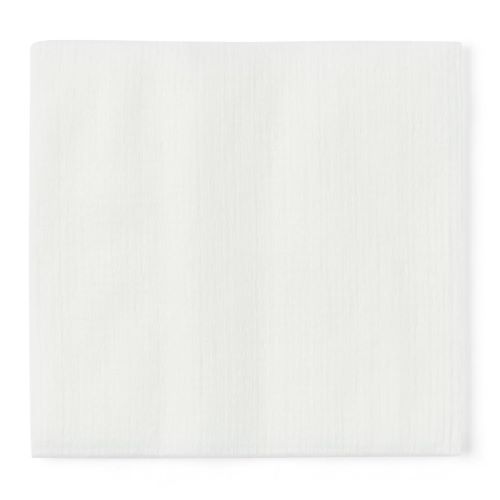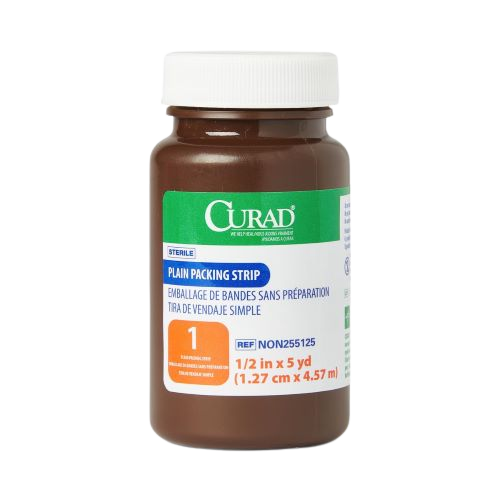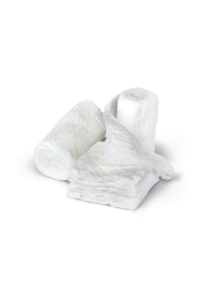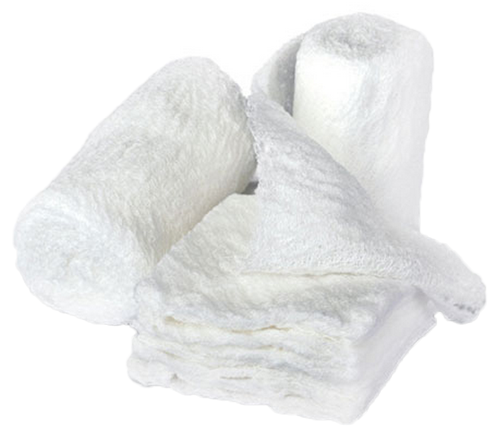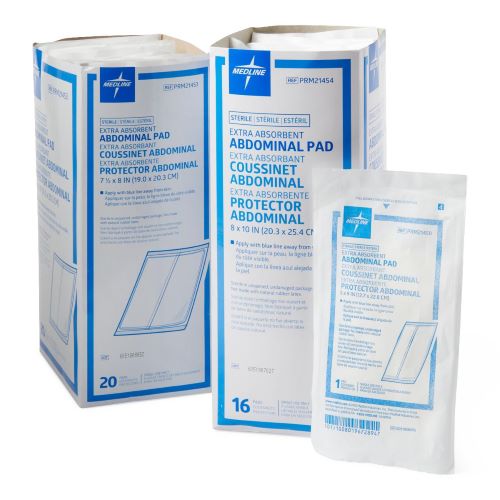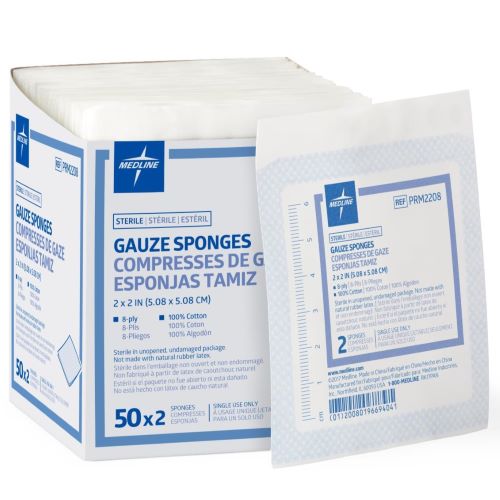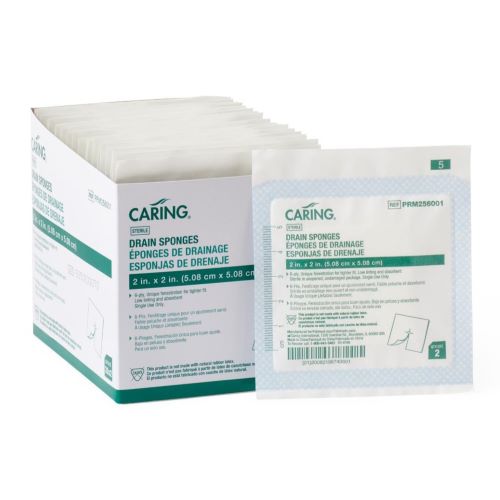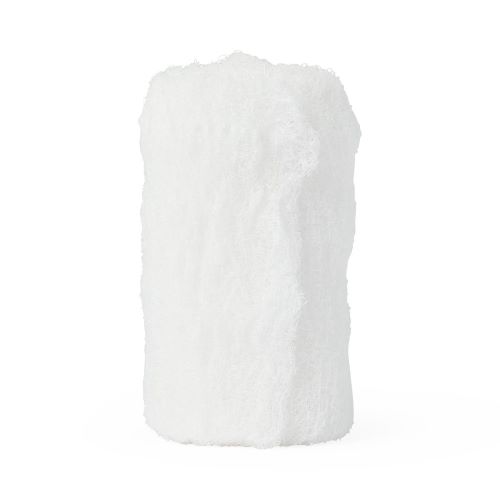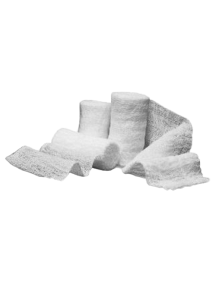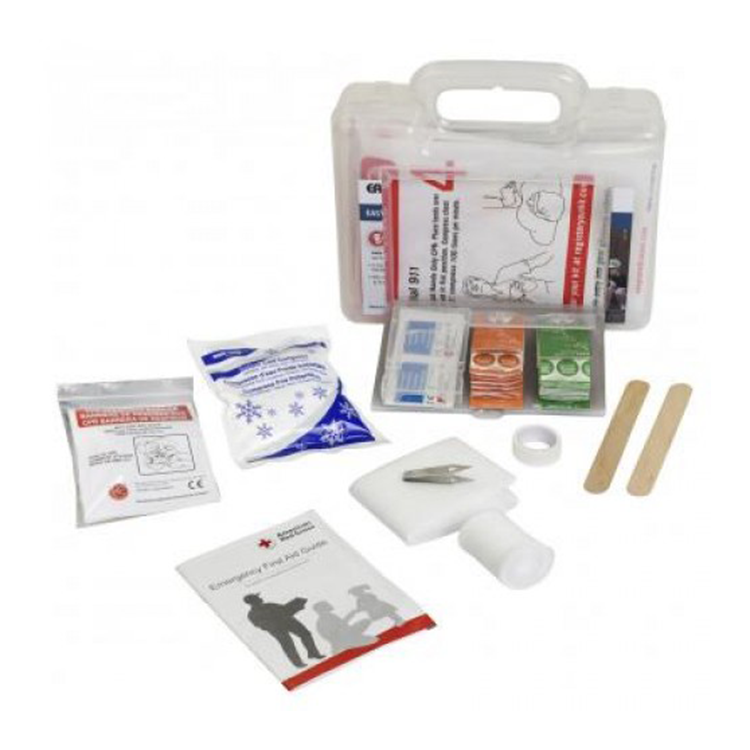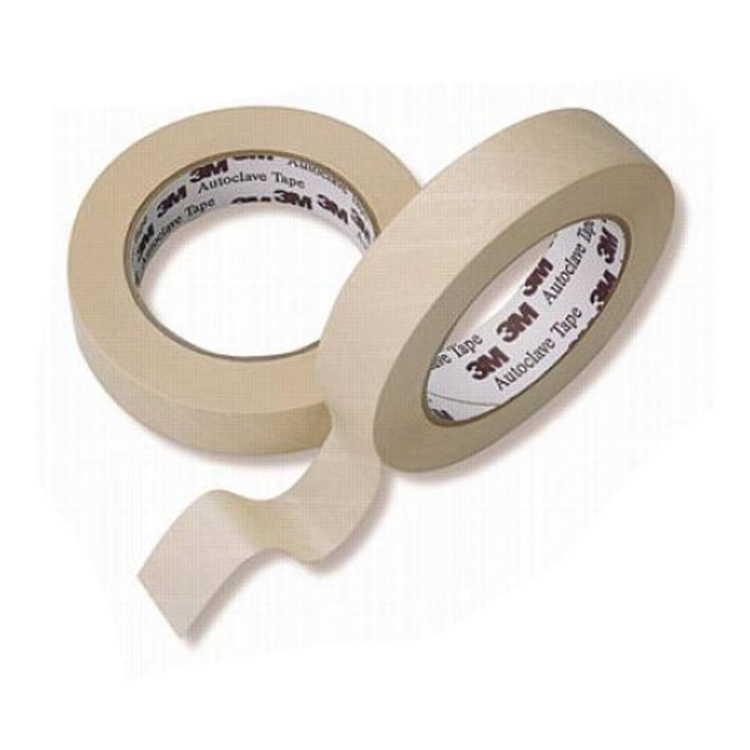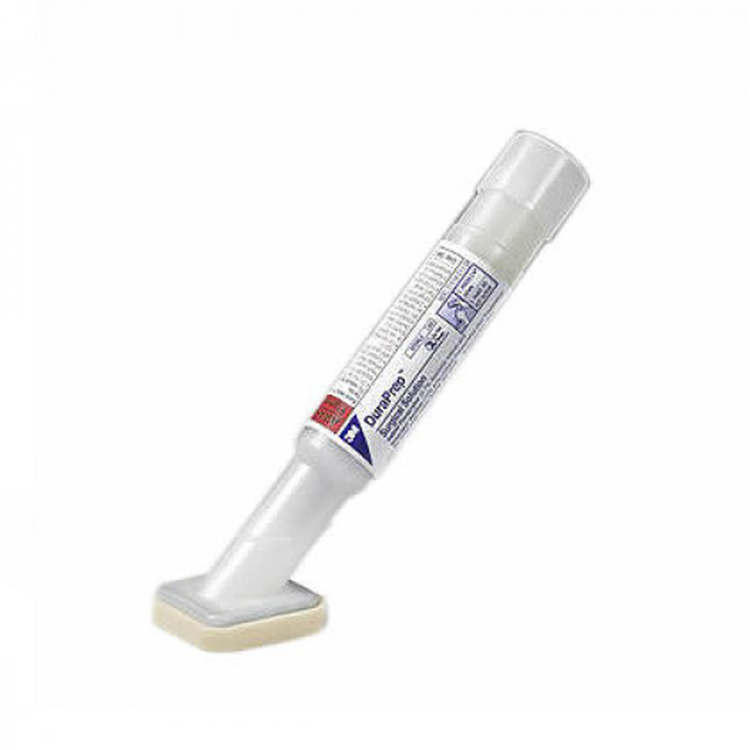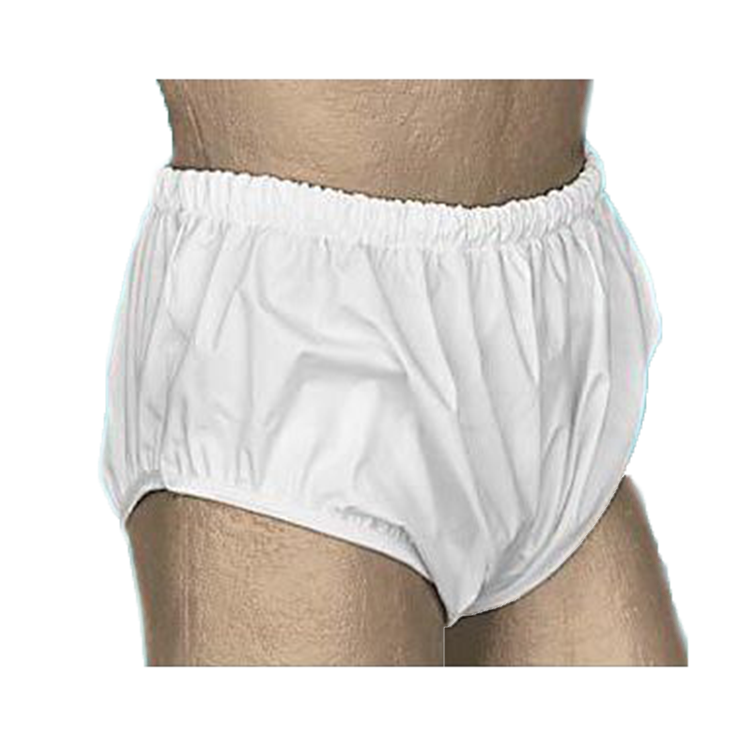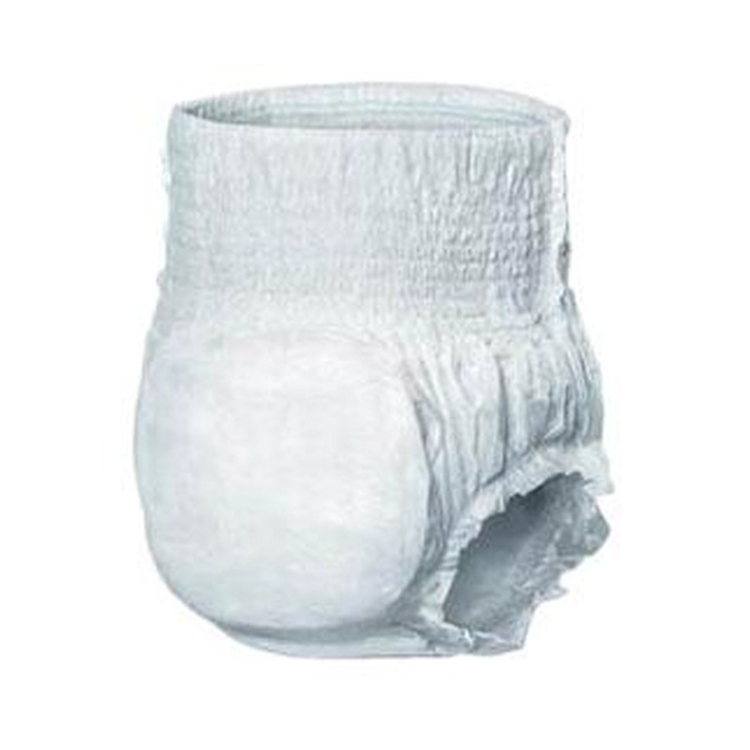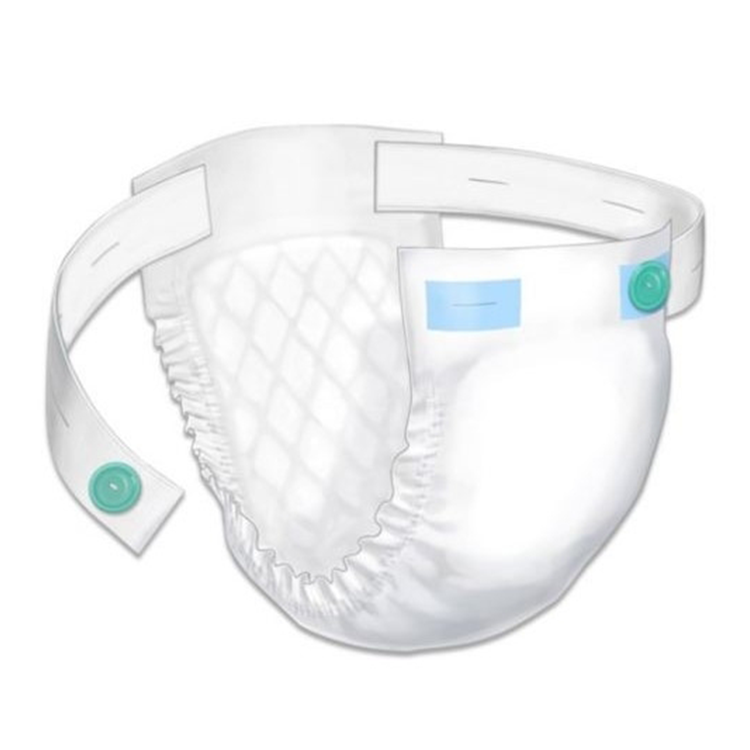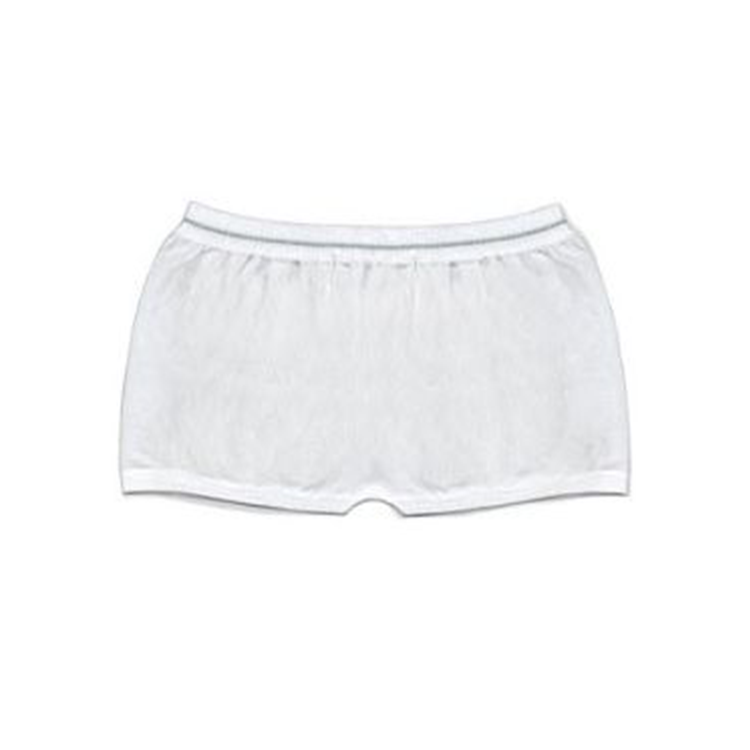Gauze for Wound Care
Gauze is a type of medical dressing used to cover wounds and absorb any drainage. It is made of a porous fabric that allows air to circulate and promote healing. Gauze is available in a variety of sizes and shapes, and can be used to cover minor cuts and scrapes, as well as larger wounds. It is important to change the gauze regularly to prevent infection.
Gauze for Bandaging
Gauze can also be used to create bandages for larger wounds. It is important to use the correct size and shape of gauze to ensure a secure fit. Gauze bandages should be applied firmly but not too tightly, as this can cause further damage to the wound. It is also important to check the bandage regularly to make sure it is still secure.
Gauze for Burns
Gauze can be used to cover minor burns and help protect the wound from further damage. It is important to use sterile gauze to prevent infection. Gauze should be applied gently and changed regularly to ensure the wound is healing properly.
Gauze for Blisters
Gauze can also be used to cover blisters and help protect them from further damage. It is important to use sterile gauze to prevent infection. Gauze should be applied gently and changed regularly to ensure the blister is healing properly.
Frequently Asked Questions (FAQ's)
Q: What is Gauze?
A: Gauze is a type of thin, open-weave fabric made from cotton, silk, or synthetic fibers. It is commonly used in medical settings to treat wounds, as a bandage, or as a surgical drape.
Q: What are the different types of Gauze?
A: There are several types of gauze, including plain gauze, impregnated gauze, and non-adherent gauze. Plain gauze is the most common type and is used for wound dressing, bandaging, and surgical draping. Impregnated gauze is pre-soaked in a solution, such as petroleum jelly, to help protect the wound. Non-adherent gauze is designed to not stick to the wound, which helps reduce pain and trauma during dressing changes.
Q: How do I use Gauze?
A: Gauze can be used in a variety of ways, depending on the type of gauze and the wound being treated. Generally, gauze should be applied to the wound in a clean, dry environment. It should be applied in a single layer, with additional layers added as needed. The gauze should be secured with tape or a bandage to keep it in place.
Q: How often should I change my Gauze?
A: The frequency of gauze changes depends on the type of wound and the type of gauze being used. Generally, gauze should be changed at least once a day, or more often if the wound is draining or the gauze is soiled. It is important to follow your doctor's instructions for changing your gauze.


